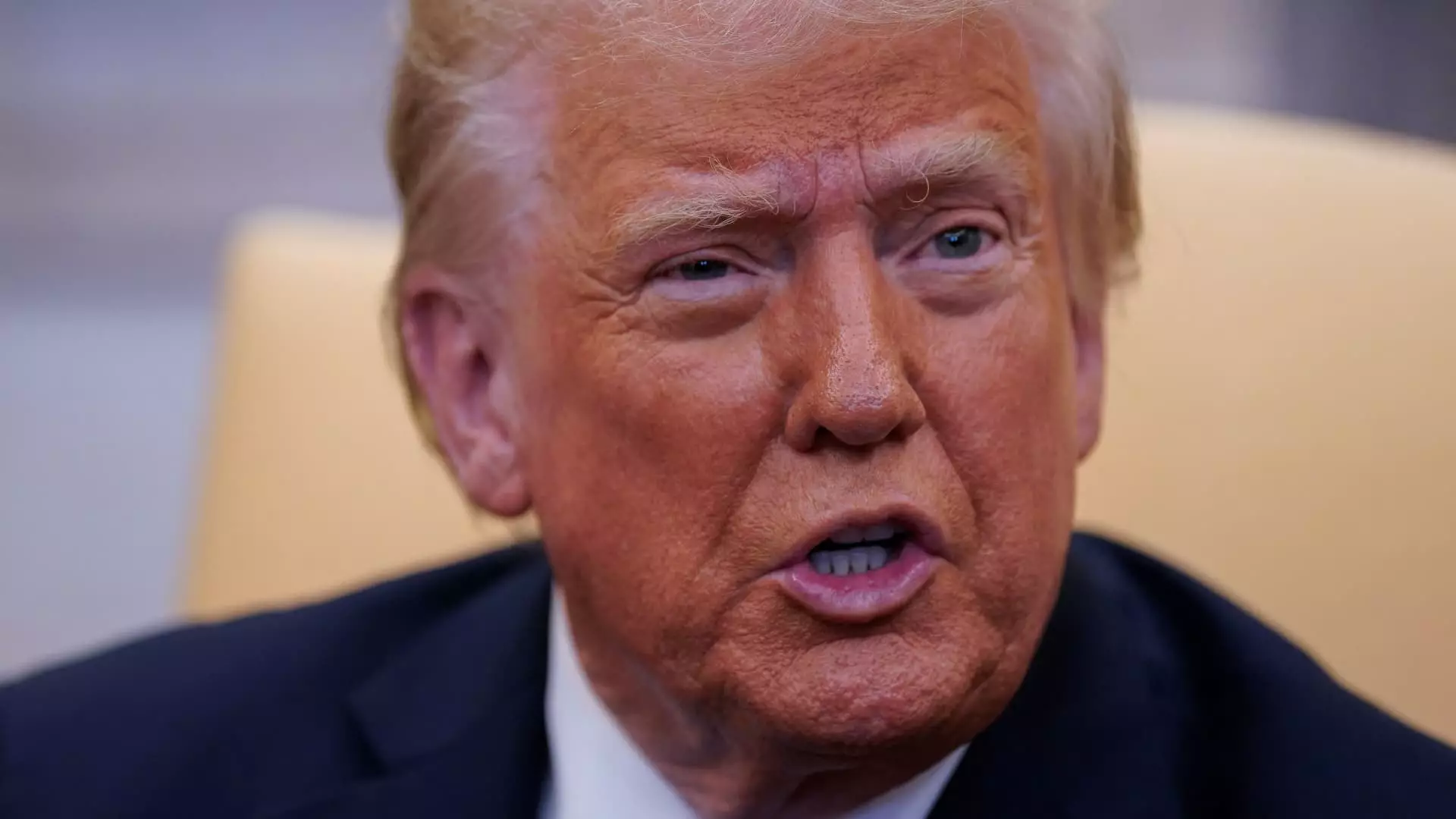In a surprising move, former President Donald Trump announced through a Truth Social post that he has issued an order to suspend the production of new pennies. The rationale behind this decision is rooted in the claim that the minuscule coin represents a significant drain on government finances. As Trump stated, the penny costs more to produce than its actual value, which he decried as “wasteful.” This assertion invites a broader discussion on the practicalities of minting currency that has seemingly lost its place in modern monetary transactions.
Trump argued, “For far too long the United States has minted pennies which literally cost us more than 2 cents,” reflecting a sentiment that resonates with many who have questioned the relevance of the penny in today’s swift-paced economy. This decision, while provocative, raises critical inquiries regarding the authority of the President in matters of coinage, traditionally reserved for Congress as detailed by the U.S. Constitution.
Analysts have debated whether Trump’s directive aligns with the legal frameworks governing currency production. While the Constitution reserves coinage power solely for Congress, current federal law allows the Treasury secretary to mint coins as deemed necessary. This complex interplay of authority suggests that the presidential order may face significant legal challenges. Jaret Seiberg, an analyst from TD Cowen, expressed the view that if the order is upheld, it could set in motion a series of economic repercussions, potentially culminating in a shortage of pennies.
Such a shortage could escalate costs for merchants who rely on pennies for retail transactions, as they may need to source them from banks at higher fees. Furthermore, this situation could spark a crisis that incentivizes Congressional action on monetary policy, a development that analysts are closely surveilling.
The ongoing production of pennies serves as a glaring example of inefficiency in currency creation. According to a recent report, it cost the U.S. Mint approximately 3.69 cents to manufacture a single penny in 2024. This surplus manufacturing cost, which has persisted for nearly two decades, raises questions about the sustainability of producing such a coin. The financial landscape has transformed substantially, with digital payments becoming the norm and physical coins losing their relevance.
Moreover, while Trump’s pause on penny production may catalyze a transition towards electronic transactions, we must also consider the implications it holds for businesses and everyday consumers. The gradual phasing out of lower-denomination coins may compel retailers to round prices, impacting consumer spending habits and overall inflation dynamics.
The decision to halt penny production is emblematic of a larger conversation surrounding the efficiency of currency in contemporary society. Through this action, Trump ignites a debate over monetary policy, government waste, and the future of cash transactions in a world increasingly dominated by digital payment systems. While the initial aim is to eliminate waste, the broader implications for economic structure and consumer behavior merit careful consideration. As the United States progresses towards modernization in monetary matters, the penny’s fate serves as a microcosm of the ongoing evolution in how we engage with money.

